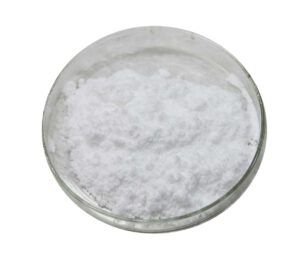SAT-TH-lose
| CAS-Nummer | 6138-23-4 |
| Einecs-Nummer | – |
| INCI-Bezeichnung | Trehalose |
| International nonpropietary name (INN) | – |
| Artikelnummer | 556272 |
| CAS-Nummer | 6138-23-4 |
| Einecs-Nummer | – |
| INCI-Bezeichnung | Trehalose |
| International nonpropietary name (INN) | – |
| Artikelnummer | 556272 |
Trehalose ist ein weißliches stabiles pulverförmiges Disaccharid, welches aus zwei Glucosemolekülen besteht. Der „Zweifachzucker“ ist nicht reduzierend.

Trehalose existiert in natürlicher Form in Pflanzen, Tieren und Mikroorganismen, und ist seit langem bei Menschen als Nahrungsbestandbestandteil von Pilzen, Bäcker und Brauer Hefen, Algen und Hummer bekannt. Es wird vermutet, dass Trehalose eine Schlüsselrolle bei der Erhaltung von Biomembranen zu spielt und in der Wiederbelebung bestimmter biologischer Funktionen nach Austrocknung oder Einfrieren.
Hergestellt wird Trehalose in einem enzymatisch gesteuerten Prozess.
Trehalose ist durch seine schwach hygroskopische Eigenschaft ein Feuchthaltemittel und schützt die Haut vor Austrocknung. Zudem ist es ein geeigneter Stabilisator und Viskositätsregler.
Empfohlene Konzentrationen sind 1 bis 3% für Hautpflegeprodukte.